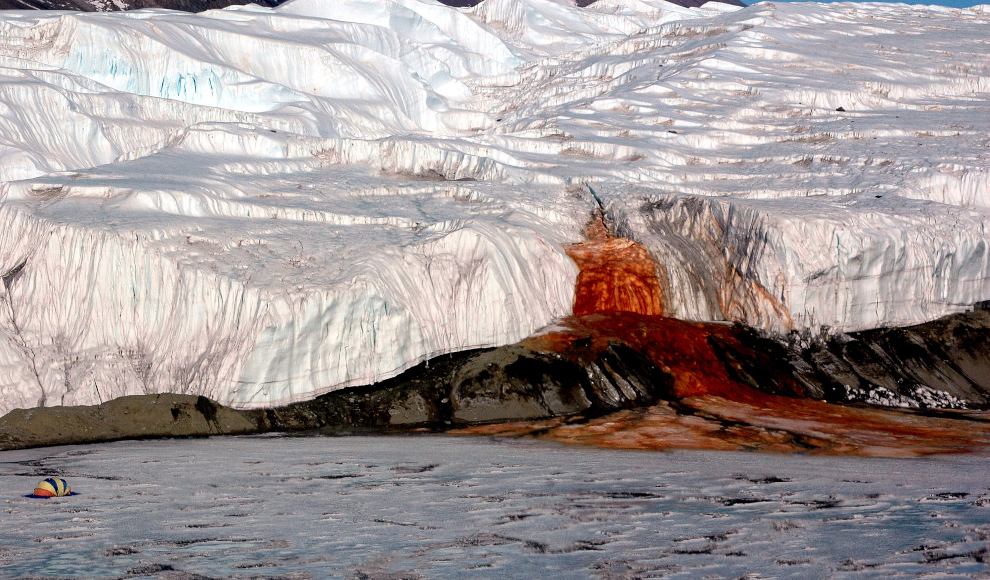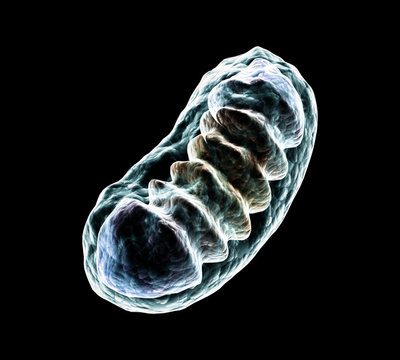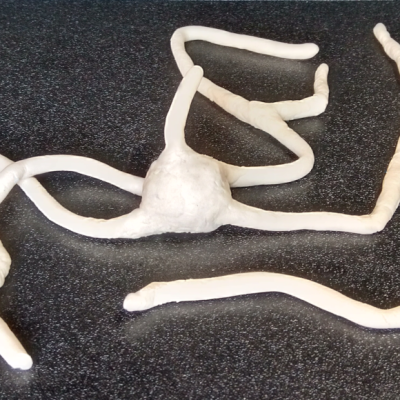Blood Falls in Antarctica, discovered by geologist Thomas Griffith Taylor in 1911, have long been a mystery to scientists. The falls consist of hypersaline water that occasionally seeps through small cracks in the ice and turns blood-red upon contact with air. Until recently, it was believed that the iron in the water caused this phenomenon. However, researchers from Johns Hopkins University have now discovered that the red color is actually caused by tiny iron-rich nanospheres that oxidize upon contact with air. These nanospheres are produced by microorganisms that have potentially existed in the ancient, salt-rich water beneath the glacier for millions of years.
The team of researchers, led by Ken Livi, used a high-powered transmission electron microscope to analyze solid samples from the water. They discovered a multitude of tiny, iron-rich nanospheres that contain various elements, including silicon, calcium, aluminum, and sodium. These nanospheres were not detected in previous studies because they are not minerals and do not have a specific crystalline structure. The team also found that the nanospheres are produced by microorganisms that have potentially existed in the water beneath the glacier for millions of years.
Microbiologist Jill Mikucki collected samples from the Blood Falls and found that the microorganisms that produce the nanospheres feed on sulfur and iron ions. However, further details about these microorganisms can only be obtained by drilling through the ice into the lake, which could potentially harm the isolated ecosystem. The researchers hope that their findings will shed light on the ancient microorganisms that have survived in the harsh conditions of the Antarctic glacier for millions of years.










